42 dna replication model with labels
PDF Raja Narendra Lal Khan Women's College, RNLK FIG : REPLICATION OF DNA IS SEMI-CONSERVATIVE Figureillustrates a prediction of this model. If the parental DNA carries a 'Heavy'density label. The parental DNA is duplex of twoheavy strands(BLUE). After one generation of growth in "light"medium, the duplex DNA is 'hybrid'density-it consists of oneheavy 11.2 DNA Replication - Microbiology | OpenStax As the DNA opens up, Y-shaped structures called replication forks are formed. Two replication forks are formed at the origin of replication, allowing for bidirectional replication and formation of a structure that looks like a bubble when viewed with a transmission electron microscope; as a result, this structure is called a replication bubble.
DNA replication: Explanation, Process & Steps | StudySmarter DNA replication occurs during the S phase of the cell cycle, illustrated below.This happens within the nucleus in eukaryotic cells. The DNA replication that occurs in all living cells is termed as semiconservative, meaning that the new DNA molecule will have one original strand (also called the parental strand) and one new strand of DNA. This model of DNA replication is most widely accepted ...
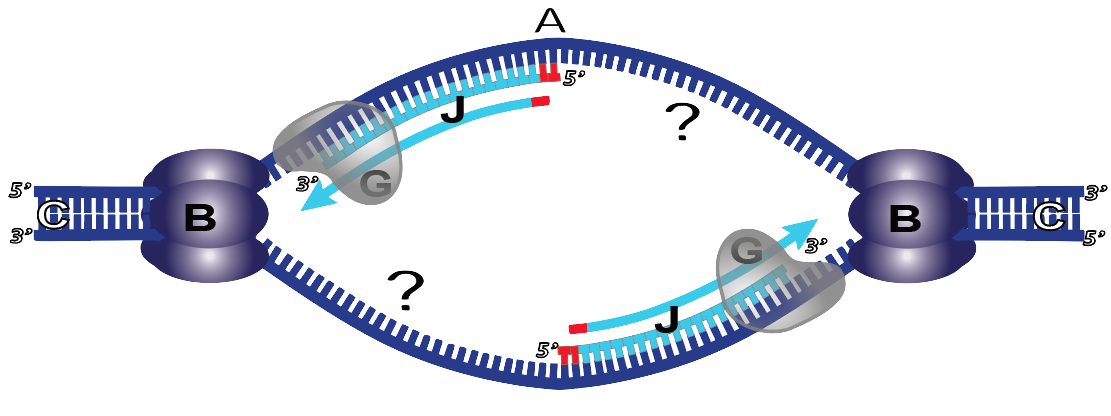
Dna replication model with labels
DNA Replication Names - 3D Molecular Designs DNA Replication. 1. Label the 5' and 3' ends of the new strands in the middle panel of Model 3, as well as the 5' and 3' ends of both parent strands. 9.2 DNA Replication – Concepts of Biology Figure 9.9 The semiconservative model of DNA replication is shown. Gray indicates the original DNA strands, and blue indicates newly synthesized DNA. During DNA replication, each of the two strands that make up the double helix serves as a template from which new strands are copied. Mastering Biology Chp. 13 HW Flashcards | Quizlet To confirm the semiconservative model of replication, it was important for Meselson and Stahl to quantify the amount of DNA in each band produced by density-gradient centrifugation. ... The structure and orientation of the two strands are important to understanding DNA replication. Drag the labels to their appropriate locations on the diagram ...
Dna replication model with labels. DNA - Wikipedia A distinct group of DNA-binding proteins is the DNA-binding proteins that specifically bind single-stranded DNA. In humans, replication protein A is the best-understood member of this family and is used in processes where the double helix is separated, including DNA replication, recombination, and DNA repair. DNA Replication Steps and Process - ThoughtCo DNA replication is the production of identical DNA helices from a single double-stranded DNA molecule. Each molecule consists of a strand from the original molecule and a newly formed strand. Prior to replication, the DNA uncoils and strands separate. A replication fork is formed which serves as a template for replication. The Biology Project The Biology Project, an interactive online resource for learning biology developed at The University of Arizona. The Biology Project is fun, richly illustrated, and tested on 1000s of students. It has been designed for biology students at the college and high school level, but is useful for medical students, physicians, science writers, and all types of interested people. Semiconservative Replication of DNA - Mechanism Dispersive replication: In this model, DNA replication makes two molecules that are a mix of parent and daughter DNA. These molecules are called "hybrids." In this model, each strand is made up of pieces of old and new DNA. At the time, most biologists probably would have bet on the semi-conservative model.
DNA ligase - Wikipedia DNA ligase is a specific type of enzyme, a ligase, (EC 6.5.1.1) that facilitates the joining of DNA strands together by catalyzing the formation of a phosphodiester bond.It plays a role in repairing single-strand breaks in duplex DNA in living organisms, but some forms (such as DNA ligase IV) may specifically repair double-strand breaks (i.e. a break in both complementary strands of DNA). NetLogo Models Library: DNA Replication Fork Four enzymes are included in this model of the DNA replication fork process: The entire DNA polymerase enzyme is be modeled as a single agent The entire Helicase enzyme will is modeled as a single agent The entire Topoisomerase enzyme is modeled as a two agents. Pulse labelling of replicating DNA. (a) DNA replication starts at ... In mammalian cells, a spatiotemporal model that accounts for a partially deterministic and partially stochastic order of DNA replication has been proposed. Is ... DNA Replication: Process with Diagrams - Turito Steps of DNA Replication Step 1: Formation of Replication Forks Before DNA can be reproduced, it must first be "unzipped" into two single strands. Adenine (A), cytosine (C), thymine (T), and guanine (G) are the four nucleotides that form pairings between the two strands of DNA. Adenine only binds to thymine, while cytosine only binds to guanine.
DNA replication - Wikipedia DNA replication DNA replication: The double helix is un'zipped' and unwound, then each separated strand (turquoise) acts as a template for replicating a new partner strand (green). Nucleotides (bases) are matched to synthesize the new partner strands into two new double helices. DNA Replication- Definition, enzymes, steps, mechanism, diagram DNA replication process uses DNA polymerase as the main enzyme for catalyzing the joining of deoxyribonucleoside 5′-triphosphates (dNTPs) forming a growing chain of DNA. Other proteins are also involved for initiation of the process and copying of DNA, along with proofreading capabilities to ensure the replication process takes place accurately. DNA Replication I - theta model and rolling circle replication Theta model of prokaryotic replication DNA Replication by Rolling Circle Model - This occurs when a circular ds-DNA genome needs to be made in multiple copies such as in lambda phage A nick is made at the origin of replication on the outer strand, also called the (+) strand, making 2 ends of the (+) strand - 5' and 3' end Join LiveJournal Password requirements: 6 to 30 characters long; ASCII characters only (characters found on a standard US keyboard); must contain at least 4 different symbols;
Label DNA and Replication - Google Slides Enzyme that unwinds DNA 2. Sections of copied DNA created on the lagging strand 3. The strand that is copied in a continuous way 4. Binds Okazaki fragments 5. Builds a new DNA strand by adding complementary bases 6. Stabilizes the DNA molecule during replication 7. Strand that is copied discontinuously 8. Initiates the synthesis DNA by creating ...
DNA Replication: Definition, Mechanism, Significance - Embibe DNA Replication is a very unique and complex multistep biological process of producing two identical replicas from one original DNA molecule. It occurs in all living organisms (both prokaryotes and eukaryotes) because it forms an essential part of biological inheritance. It requires a number of enzymes, protein factors, and metal ions.
The Meselson-Stahl Experiment (1957–1958), by Matthew … 18.04.2017 · Editor's note: Madeleine Howell-Moroney created the above image for this article. You can find the full image and all relevant information here.. In an experiment later named for them, Matthew Stanley Meselson and Franklin William Stahl in the US demonstrated during the 1950s the semi-conservative replication of DNA, such that each daughter DNA molecule …
DNA Replication Models | Semiconservative, Conservative & Dispersive ... There are three models of DNA replication. These models are the conservative model, the semiconservative model, and the dispersive model. Which DNA replication model is the correct...
What is DNA replication? - YourGenome The result of DNA replication is two DNA molecules consisting of one new and one old chain of nucleotides. This is why DNA replication is described as semi-conservative, half of the chain is part of the original DNA molecule, half is brand new. Following replication the new DNA automatically winds up into a double helix.
3 Ways to Make a Model of DNA Using Common Materials - wikiHow Enjoy, your model is complete! Method 2 Making a Model Using Styrofoam Balls 1 Gather your supplies. For this version of the project, you will need small styrofoam balls, a needle and thread, paint, and toothpicks. [3] 2 Paint your styrofoam balls. Choose 6 different colors to represent the sugar and phosphate groups, and the 4 nitrogenous bases.
DNA Replication Process with Diagrams Class 12 - Byju's DNA Replication In the process of DNA replication, the DNA makes multiple copies of itself. It is a biological polymerisation, which proceeds in the sequence of initiation, elongation, and termination. It is an enzyme-catalysed reaction. DNA Polymerase is the main enzyme in the replication process. DNA Replication Process DNA Replication Steps
DNA Replication Mechanisms - Molecular Biology of the Cell During DNA replication inside a cell, each of the two old DNA strands serves as a template for the formation of an entire new strand. Because each of the two daughters of a dividing cell inherits a new DNA double helix containing one old and one new strand ( Figure 5-5 ), the DNA double helix is said to be replicated "semiconservatively" by ...
DNA Replication - The Cell - NCBI Bookshelf As discussed in Chapter 3, DNA replication is a semiconservative process in which each parental strand serves as a template for the synthesis of a new complementary daughter strand. The central enzyme involved is DNA polymerase, which catalyzes the joining of deoxyribonucleoside 5′-triphosphates (dNTPs) to form the growing DNA chain.
Models of DNA replication - Biocyclopedia Replication fork model. The most extensively utilized mechanism of DNA replication involves formation of replication forks, moving in one direction in unidirectional replication and in both directions in bidirectional replication. This method can apply to both linear as well as circular DNA molecules. Replication of circular double helical DNA ...
Spatial genomics enables multi-modal study of clonal ... - Nature Dec 15, 2021 · We then apply slide-DNA-seq to a mouse model of metastasis and a primary human cancer, revealing that clonal populations are confined to distinct spatial regions. ... Subclone labels for spatial ...
DNA Replication - The Definitive Guide | Biology Dictionary DNA has directionality that can run either 3′-5′ or 5′-3′ based off of the carbons in the sugar group. The two strands of DNA in the double helix must run opposite to each other in an anti-parallel fashion. Therefore, if the first strand starts at the 3′ end and finishes at the 5′ end, then the second strand must run opposite, starting at the 5′ end and finishing at the 3′ end.
DNA Replication - National Human Genome Research Institute DNA replication is the process by which the genome's DNA is copied in cells. Before a cell divides, it must first copy (or replicate) its entire genome so that each resulting daughter cell ends up with its own complete genome. Narration 00:00 … DNA replication is probably one of the most amazing tricks that DNA does.
Dna Replication Models Worksheets & Teaching Resources | TpT Students then highlight the bases and label particular parts of the DNA strands. Also included is a teacher-guided process sheet, should students. Subjects: Biology, General Science, Science. Grades: 9 th - 12 th. ... This is an engaging DNA replication model which can be expanded to teach many objectives. It is a way to teach so that all ...
Amazon.com: Dna Model NUOBESTY Kids DNA Model Kit Double Helix Genes DNA Models Biological Science Popularization Teaching Aids for DNA Assembling Display Early Education Toys. ... Lab-Aids Molecular Model of DNA and its Replication Kit 71. 4.8 out of 5 stars 3. $115.00 $ 115. 00. Get it Mon, Oct 24 - Thu, Oct 27. $5.28 shipping.
DNA Replication: 3 Possible Ways and Experiments (With Diagram) The process by which a DNA molecule makes its identical copies is known as DNA replication. It takes place in S-phase of interphase. There are three possible ways of DNA replication. The three possible ways are: (1) Dispersive (2) Conservative and (3) Semi-conservative. It also discuss about the evidences for semi-conservative replication.
Mode of DNA replication: Meselson-Stahl experiment The models were tested by Meselson and Stahl, who labeled the DNA of bacteria across generations using isotopes of nitrogen. From the patterns of DNA labeling they saw, Meselson and Stahl confirmed that DNA is replicated semi-conservatively. Mode of DNA replication
Chloroplast DNA - Wikipedia Multiple replication forks open up, allowing replication machinery to replicate the DNA. As replication continues, the forks grow and eventually converge. The new cpDNA structures separate, creating daughter cpDNA chromosomes. In addition to the early microscopy experiments, this model is also supported by the amounts of deamination seen in cpDNA.
DNA Replication Labeling Diagram | Quizlet DNA Replication Labeling 4.8 (16 reviews) + − Flashcards Learn Test Match Created by Kimberly_McGuffie Terms in this set (11) Single Stranded Binding Protein Binds to and stabilizes single-stranded DNA until it can be used as a template. Helicase An enzyme that unwinds the DNA double helix during DNA replication Okazaki Fragment
Chapter 14. DNA Replication - Introduction to Molecular and Cell Biology Modern understandings of DNA have evolved from the discovery of nucleic acids to the development of the double-helix model. In the 1860s, Friedrich Miescher (Figure 14.2), a physician by profession, was the first person to isolate phosphate- rich chemicals from white blood cells or leukocytes.He named these chemicals (which would eventually be known as RNA and DNA) nuclein because they were ...
Molecular models of DNA - Wikipedia The DNA model shown (far right) is a space-filling, or CPK, model of the DNA double helix. Animated molecular models, such as the wire, or skeletal, type shown at the top of this article, allow one to visually explore the three-dimensional (3D) structure of DNA. Another type of DNA model is the space-filling, or CPK, model.
Semi-Conservative DNA Replication | Learn Science at Scitable Semiconservative replication was not the only model of DNA replication proposed during the mid-1950s, however. ... Aware of previous studies that had relied on isotope labels as a way to ...
Mastering Biology Chp. 13 HW Flashcards | Quizlet To confirm the semiconservative model of replication, it was important for Meselson and Stahl to quantify the amount of DNA in each band produced by density-gradient centrifugation. ... The structure and orientation of the two strands are important to understanding DNA replication. Drag the labels to their appropriate locations on the diagram ...
9.2 DNA Replication – Concepts of Biology Figure 9.9 The semiconservative model of DNA replication is shown. Gray indicates the original DNA strands, and blue indicates newly synthesized DNA. During DNA replication, each of the two strands that make up the double helix serves as a template from which new strands are copied.
DNA Replication Names - 3D Molecular Designs DNA Replication. 1. Label the 5' and 3' ends of the new strands in the middle panel of Model 3, as well as the 5' and 3' ends of both parent strands.



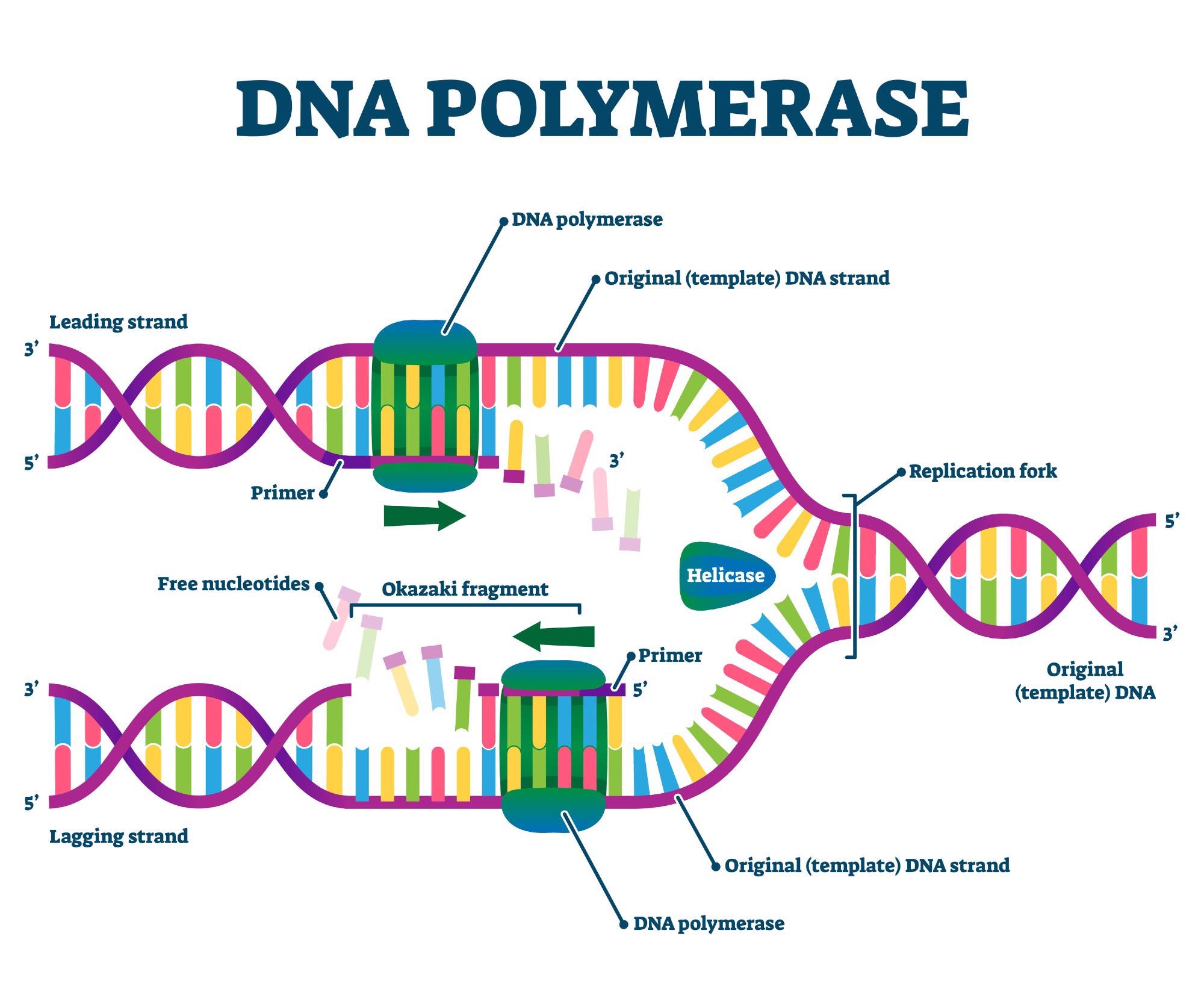





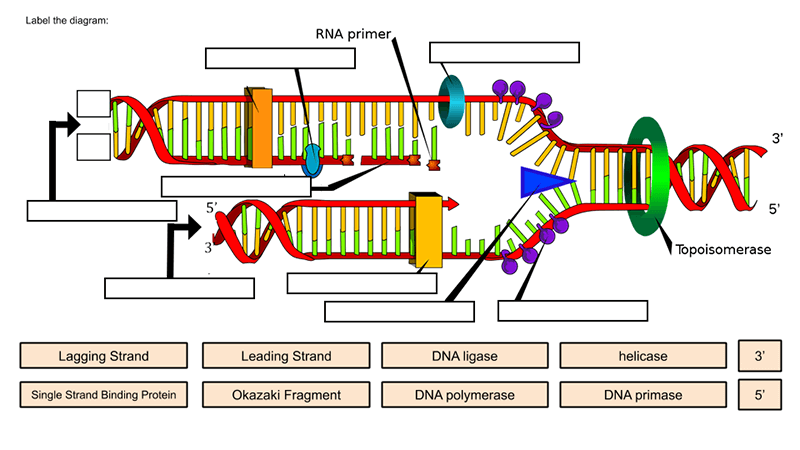





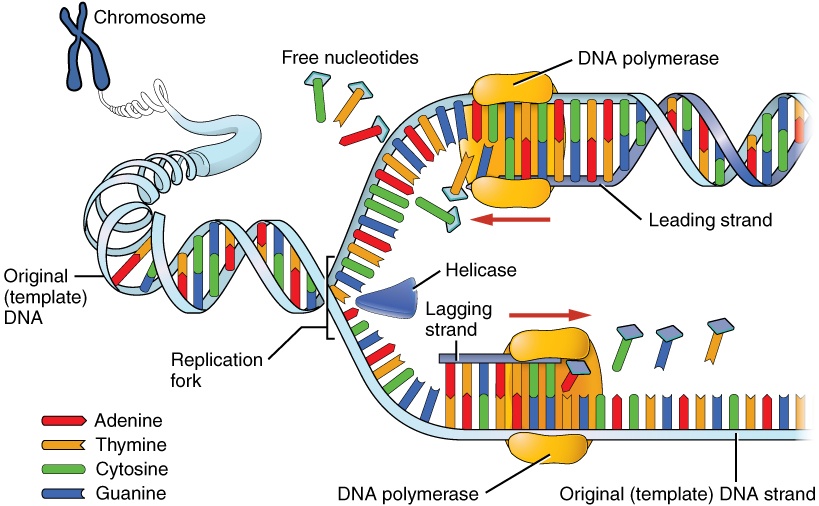



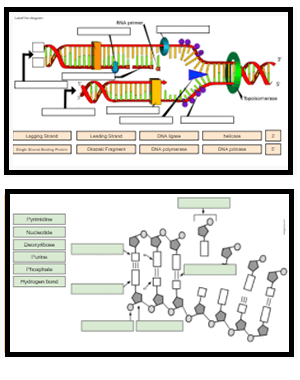
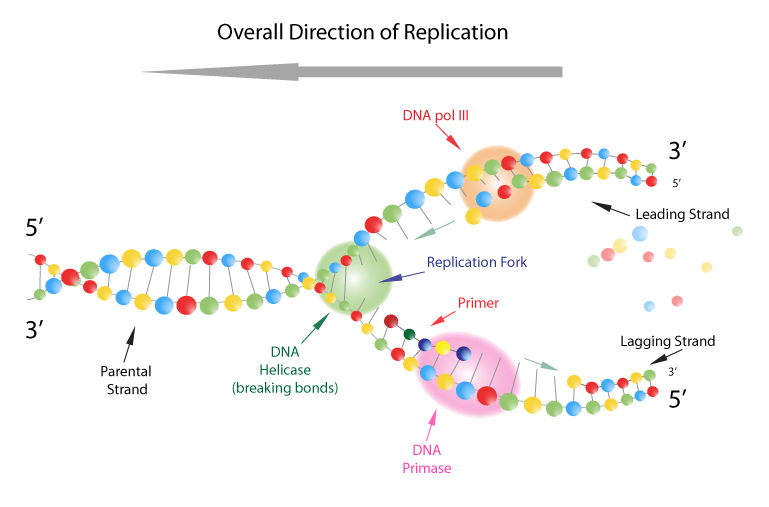
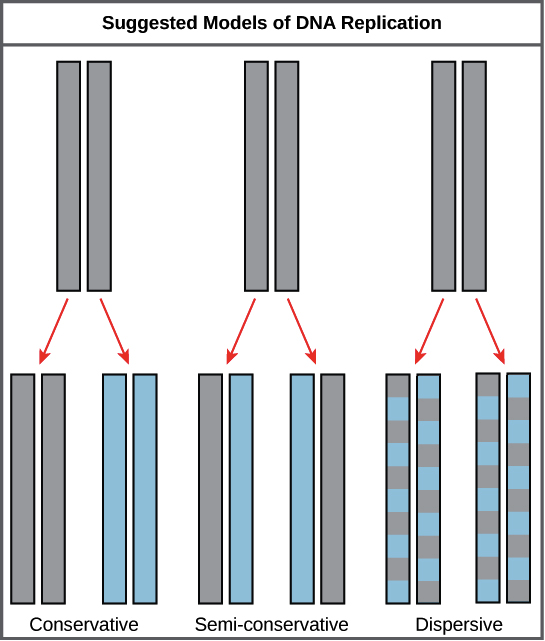
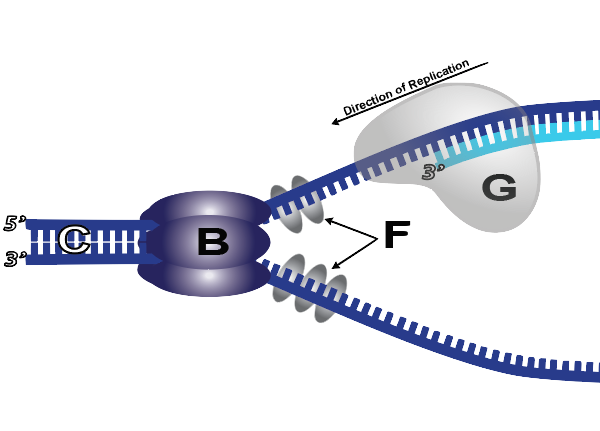



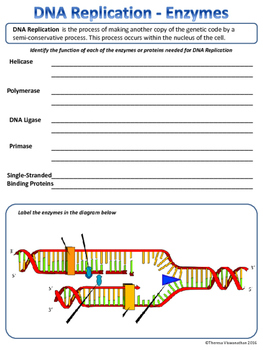



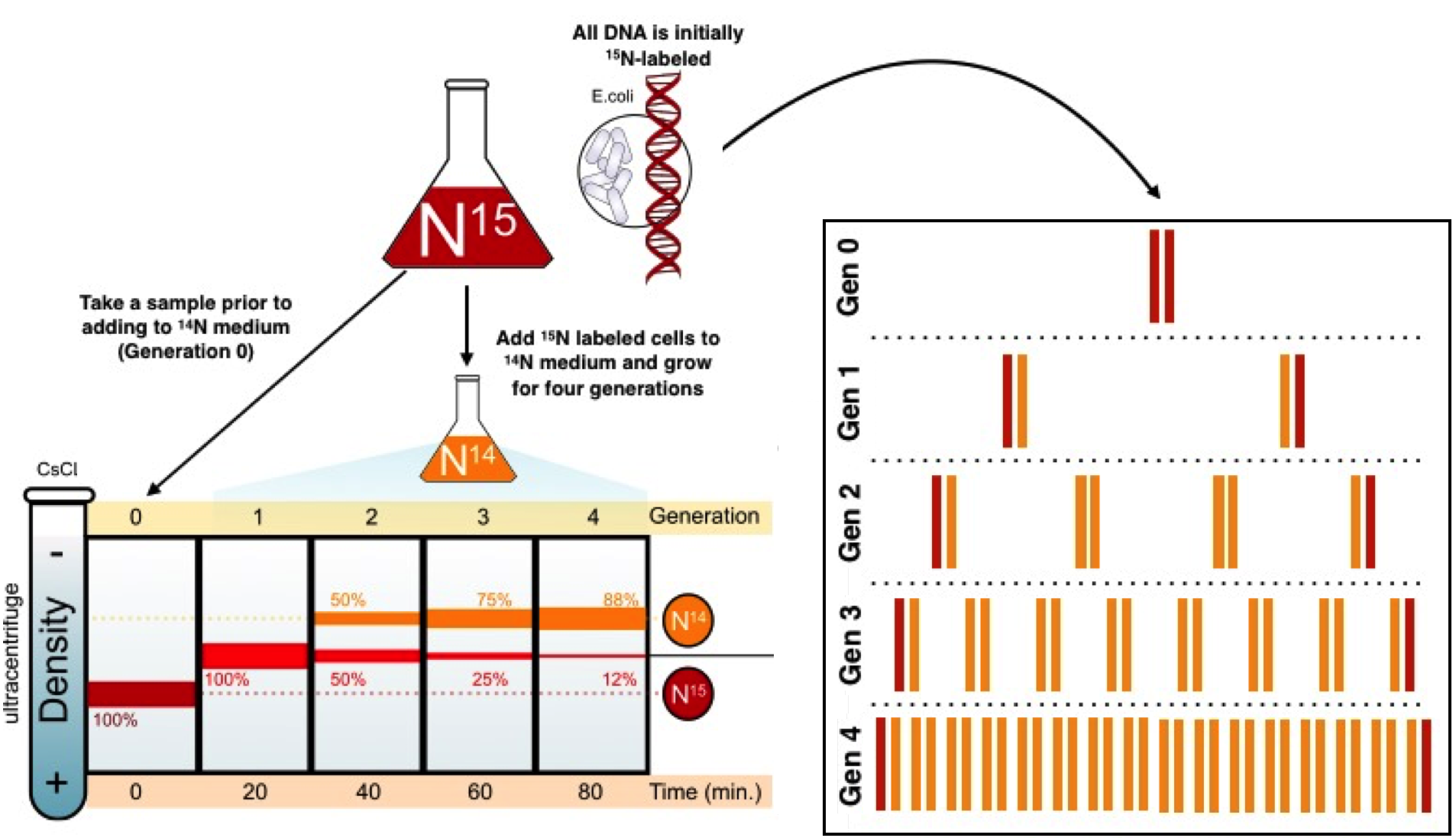
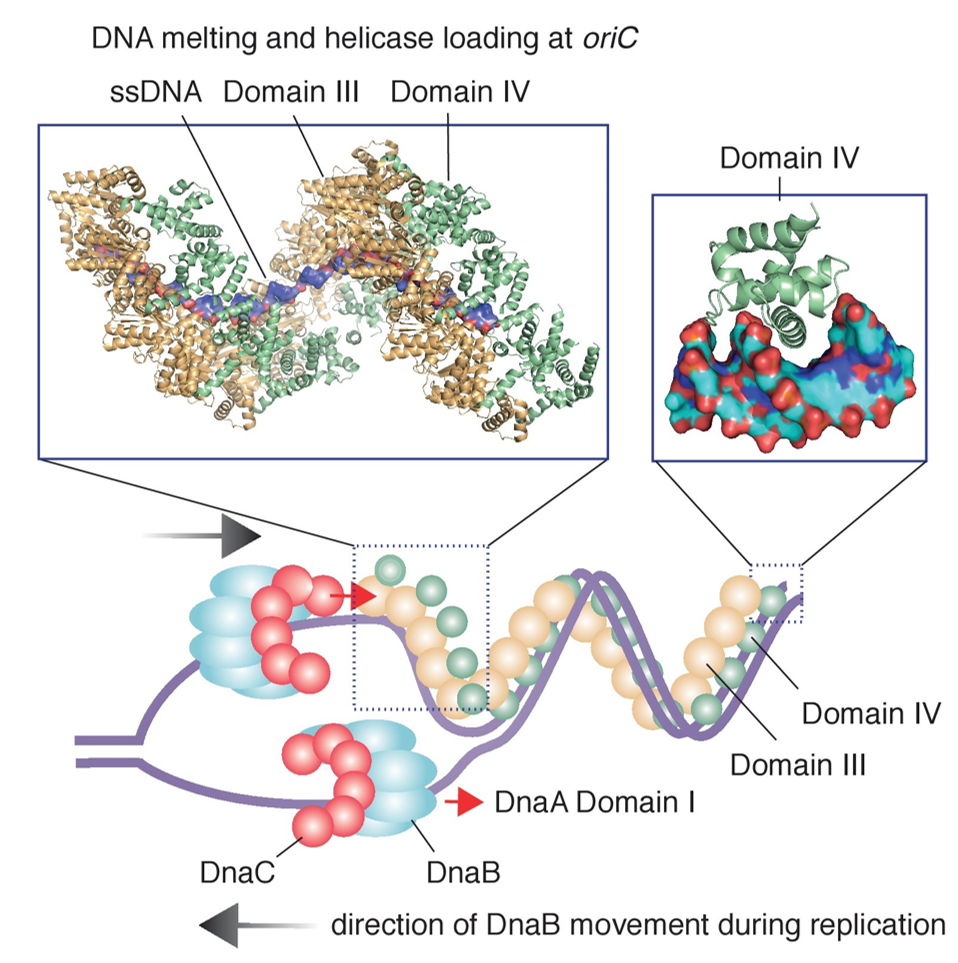


Post a Comment for "42 dna replication model with labels"